News 5/20/11
The UK’s National Audit Office (NAC) says that the billions spent so far on the country’s National Programme for IT has been poorly used and the project needs to be reassessed. The NAC concludes that the investments don’t represent value for the money and officials are not confident that spending more will be any different. The NAC believes the project’s core aim of having an electronic record for each patient will not be achieved.
Reader Comments
![]() From Frank Mac Court: “Re: study on operational RHIOs. Here’s more information on the study.” Earlier this week, I mentioned the report that found only 13 of 75 operational RHIOs met the basic criteria for Meaningful Use. The information was collected in early 2010 and the authors admit that “data exchange could have accelerated in the interim.” It’s likely that today there are more than 13 HIEs exchanging Meaningful Use-caliber data, though admittedly it’s still a pretty small club.
From Frank Mac Court: “Re: study on operational RHIOs. Here’s more information on the study.” Earlier this week, I mentioned the report that found only 13 of 75 operational RHIOs met the basic criteria for Meaningful Use. The information was collected in early 2010 and the authors admit that “data exchange could have accelerated in the interim.” It’s likely that today there are more than 13 HIEs exchanging Meaningful Use-caliber data, though admittedly it’s still a pretty small club.
![]() From Certs Two Mints in One: “Re: [vendor name omitted]. One of our sites is under siege by these folks, whose product holds only Modular EHR certification. They told the customer in writing that they ‘will be ONC-ATCB certified as a complete EHR for Meaningful use by July 1st, 2011.’ Vendors are supposed to be prohibited from pre-announcing their status and clearly they are saying something they can’t know is true. Maybe they failed and have made software changes that they assume will earn them certification.” That’s at least a poor choice of words – swapping ‘will’ with ‘hope to’ would have removed all grounds for complaints from either customers or the certifying body.
From Certs Two Mints in One: “Re: [vendor name omitted]. One of our sites is under siege by these folks, whose product holds only Modular EHR certification. They told the customer in writing that they ‘will be ONC-ATCB certified as a complete EHR for Meaningful use by July 1st, 2011.’ Vendors are supposed to be prohibited from pre-announcing their status and clearly they are saying something they can’t know is true. Maybe they failed and have made software changes that they assume will earn them certification.” That’s at least a poor choice of words – swapping ‘will’ with ‘hope to’ would have removed all grounds for complaints from either customers or the certifying body.
![]() From Sarah: “Re: ONC and security awareness. If you heard and met some of the so-called IT consultants that standalone providers hired, you would think they needed some awareness. Many of the providers we deal with have IT people that can’t even set up a domain or workgroup correctly without leaving gaping security and permission holes, let alone manage security at a level we implement internally to protect their PHI. In some areas, the only option (no joke) is Geek Squad. They need step-by-step list for the techs and automated verification tools that providers can run themselves during annual security audits.” I think those are great ideas. Hospitals are reasonably good at basic security, but physician practices often don’t even know they need it, much less how to make it happen.
From Sarah: “Re: ONC and security awareness. If you heard and met some of the so-called IT consultants that standalone providers hired, you would think they needed some awareness. Many of the providers we deal with have IT people that can’t even set up a domain or workgroup correctly without leaving gaping security and permission holes, let alone manage security at a level we implement internally to protect their PHI. In some areas, the only option (no joke) is Geek Squad. They need step-by-step list for the techs and automated verification tools that providers can run themselves during annual security audits.” I think those are great ideas. Hospitals are reasonably good at basic security, but physician practices often don’t even know they need it, much less how to make it happen.
HIStalk Announcements and Requests
![]() Listening: the just-released Rome from Danger Mouse, spaghetti western-style music mixed with a little R&B and played on vintage instruments (the keyboards are amazing) recorded straight to tape, some by the original musicians from The Good, the Bad, and the Ugly and similar movies. Mellow 60s hip with that shimmery, sharp, echoey movie soundtrack sound that makes you think that a guitar-carrying Claudine Longet could wander in looking wide-eyed and pensive in a mini-dress at any moment. Guest Norah Jones sounds sweet and Jack White is pretty good. If you’re in the right mood (and I’ll leave you to decide what that mood is), it’s transcendent.
Listening: the just-released Rome from Danger Mouse, spaghetti western-style music mixed with a little R&B and played on vintage instruments (the keyboards are amazing) recorded straight to tape, some by the original musicians from The Good, the Bad, and the Ugly and similar movies. Mellow 60s hip with that shimmery, sharp, echoey movie soundtrack sound that makes you think that a guitar-carrying Claudine Longet could wander in looking wide-eyed and pensive in a mini-dress at any moment. Guest Norah Jones sounds sweet and Jack White is pretty good. If you’re in the right mood (and I’ll leave you to decide what that mood is), it’s transcendent.
![]() This week on HIStalk Practice: the irreverent Joel Diamond, MD resurfaces and ponders what HIStalk would be like if it offered with some quaint, Andy Rooney-style observations. Don Michaels, PhD and VP of Hayes Management Consulting makes his premier on HIStalk Practice and offers tips to determine if one’s organization is ready for an ACO. Julie McGovern with Practice Wise shares insight into the high quality talent to be found in the country’s HIT programs. Massachusetts governor Deval Patrick helps eClinicalWorks celebrate the opening of its new office. Computer trumps doctors in detecting acromegaly. The AMA Board of Trustees argues against EMR standardization, claiming it would stifle product innovation. Participants in an ACO demonstration project contend that CMS’s proposed ACO framework is too risky. While you are paying a visit to HIStalk Practice, check out some the Web sites of some of our sponsors and learn more about their nifty products and services.
This week on HIStalk Practice: the irreverent Joel Diamond, MD resurfaces and ponders what HIStalk would be like if it offered with some quaint, Andy Rooney-style observations. Don Michaels, PhD and VP of Hayes Management Consulting makes his premier on HIStalk Practice and offers tips to determine if one’s organization is ready for an ACO. Julie McGovern with Practice Wise shares insight into the high quality talent to be found in the country’s HIT programs. Massachusetts governor Deval Patrick helps eClinicalWorks celebrate the opening of its new office. Computer trumps doctors in detecting acromegaly. The AMA Board of Trustees argues against EMR standardization, claiming it would stifle product innovation. Participants in an ACO demonstration project contend that CMS’s proposed ACO framework is too risky. While you are paying a visit to HIStalk Practice, check out some the Web sites of some of our sponsors and learn more about their nifty products and services.
On the sponsor-only Jobs Page: Program Manager, Data Implementation Engineer, Healthcare Informatics Analyst, Systems Engineer. On Healthcare IT Jobs: Clinical Nurse Analyst, Regional Business Development Manager, Clinical Project Manager, Director Technical Infrastructure, Allscripts Report Writer.
I had a routine doctor’s office visit this week. I observed perhaps 10-12 employees of the university-owned practice as I waited my turn, ranging from the front desk people to assistants to nurses. Every single one of them, other than my doctor, were somewhere between significantly to massively overweight, while all the patients in the waiting room were pretty much of normal size. I wondered how effective those employees are at convincing patients to change their dietary and exercise habits? That reminded me of the two respiratory therapists I’ve known who smoked constantly, with their cigarette packs prominently sticking out of their shirt pockets as they counseled patients on good pulmonary health. Healthcare is a funny business.
Acquisitions, Funding, Business, and Stock
![]() Israel press reports that Reed Elsevier is in talks to buy Israel-headquartered dbMotion for $250-$300 million. dbMotion officially told me they could not comment. In February, dbMotion and Elsevier announced a partnership to integrate Elsevier’s analytics solutions into dbMotion’s interoperability platform.
Israel press reports that Reed Elsevier is in talks to buy Israel-headquartered dbMotion for $250-$300 million. dbMotion officially told me they could not comment. In February, dbMotion and Elsevier announced a partnership to integrate Elsevier’s analytics solutions into dbMotion’s interoperability platform.
![]() Proof that Irrational Exuberance II is upon us even amidst a recession and smothering national debt, only this time limited to just a handful of darling companies. LinkedIn share prices more than doubled in their first day of trading Thursday, opening on the high end of their range at $45 and closing at $94.25. That values the company, which lost money for years until finally eking out a $15 million profit last year, at almost $9 billion. Hopefully the huge ranks of the unemployed will somehow benefit from the trickle-down effect of millionaire secretaries and trade-in VC wives buying Ferraris and McMansions. I hate everything about LinkedIn except that just about everyone is on it.
Proof that Irrational Exuberance II is upon us even amidst a recession and smothering national debt, only this time limited to just a handful of darling companies. LinkedIn share prices more than doubled in their first day of trading Thursday, opening on the high end of their range at $45 and closing at $94.25. That values the company, which lost money for years until finally eking out a $15 million profit last year, at almost $9 billion. Hopefully the huge ranks of the unemployed will somehow benefit from the trickle-down effect of millionaire secretaries and trade-in VC wives buying Ferraris and McMansions. I hate everything about LinkedIn except that just about everyone is on it.
![]() HIMSS runs a bio and interview of its 1990s CEO John Page. Interesting: he says his greatest achievement was splitting HIMSS off from AHA, which he said was essential for its survival. He also mention his greatest challenge – trying not to disenfranchise the management engineers that formed HIMSS as the IT side of the house started invading and eventually pushed them out like greedy European settlers marching red-skinned Americans off their land and into concentration camps called “reservations.” It must be lonely being among the tiny ranks of folks making up the MS part of HIMSS.
HIMSS runs a bio and interview of its 1990s CEO John Page. Interesting: he says his greatest achievement was splitting HIMSS off from AHA, which he said was essential for its survival. He also mention his greatest challenge – trying not to disenfranchise the management engineers that formed HIMSS as the IT side of the house started invading and eventually pushed them out like greedy European settlers marching red-skinned Americans off their land and into concentration camps called “reservations.” It must be lonely being among the tiny ranks of folks making up the MS part of HIMSS.
Announcements and Implementations
Detroit Medical Center anticipates receiving $40 million in Meaningful Use incentives, including $16-$17 million this year. Meanwhile, Beaumont Hospitals is planning for $26 million, including $10.3 million this year.
Verizon Wireless and Medco Health Solutions release a mobile app to guide patients and doctors to the lowest cost prescription drug. The app gives information on out-of-pocket costs and lower cost options, based on a patient’s specific insurance plan.
![]() Ford will expand its Sync in-car automation to create “the car that cares,” planning to roll out allergy alerts and connected medical devices to monitor blood sugar with the help of its partners Medtronic, WellDoc, and SDI. I don’t get the point, not to mention that the last thing we need is a bunch more marginally skilled drivers screwing around with yet another electronic device instead of paying attention to the road. Maybe Ford can add monitors for bladder distension and grumbling stomachs and fund the whole project by running GPS-localized restaurant and gas station ads.
Ford will expand its Sync in-car automation to create “the car that cares,” planning to roll out allergy alerts and connected medical devices to monitor blood sugar with the help of its partners Medtronic, WellDoc, and SDI. I don’t get the point, not to mention that the last thing we need is a bunch more marginally skilled drivers screwing around with yet another electronic device instead of paying attention to the road. Maybe Ford can add monitors for bladder distension and grumbling stomachs and fund the whole project by running GPS-localized restaurant and gas station ads.
Government and Politics
CMS announces that the first Medicare EHR incentive payments will be issued this week. Greenway Medical says their client Childs Medical Clinic (AL) was among the first to receive funds Thursday, as was Cerner client Dr. Juan Salazar (TX).
Innovation and Research
![]() An upcoming study in an economics journal claims that higher usage of EMRs would save a lot of babies. You can guess what they did: combined old (2006) data from several sources that include that of HIMSS Analytics, taking a guess at when those systems went live (since HIMSS Analytics reports products bought but not yet installed), did some kind of county-level breakdown, and found that EMRS are “associated” with lower infant mortality (leading to the dramatic title, “Can Healthcare IT Save Babies?”, that in my mind is a question left unanswered.) I would have been more convinced had they looked at infant mortality at individual hospitals pre- and post-EMR, also ruling out related OB-specific systems that don’t really require EMRs. I don’t doubt that hospitals with the ambition and money to buy EMRs may well have better outcomes with newborns (possibly because they aren’t usually in poor, inner city neighborhoods), but its a stretch to say it was the EMR itself that made them better (or to assume, even with everybody and his brother installing EMRs, that we’ll be seeing a drop in infant mortality anytime soon). It’s a free PDF download if someone wants to critique it in more detail.
An upcoming study in an economics journal claims that higher usage of EMRs would save a lot of babies. You can guess what they did: combined old (2006) data from several sources that include that of HIMSS Analytics, taking a guess at when those systems went live (since HIMSS Analytics reports products bought but not yet installed), did some kind of county-level breakdown, and found that EMRS are “associated” with lower infant mortality (leading to the dramatic title, “Can Healthcare IT Save Babies?”, that in my mind is a question left unanswered.) I would have been more convinced had they looked at infant mortality at individual hospitals pre- and post-EMR, also ruling out related OB-specific systems that don’t really require EMRs. I don’t doubt that hospitals with the ambition and money to buy EMRs may well have better outcomes with newborns (possibly because they aren’t usually in poor, inner city neighborhoods), but its a stretch to say it was the EMR itself that made them better (or to assume, even with everybody and his brother installing EMRs, that we’ll be seeing a drop in infant mortality anytime soon). It’s a free PDF download if someone wants to critique it in more detail.
Other
Officials with Saint Elizabeth Regional Medical Center (NE) say they will hold off on plans to form an ACO, following the release of proposed ACO rules. The hospital fears potential financial risks may not be sufficient to cover high initial investment costs, including IT-related expenses.
KLAS looks at partial and extensive IT outsourcing and concludes that CareTech, Dell, and Siemens rank high in both categories. CTGHS topped all firms for partial IT outsourcing and CareTech led for extensive IT outsourcing.
In the under-200-bed community hospital market, 80% of organizations report confidence in their vendor’s ability to ultimately satisfy Meaningful Use requirements. The other 20% are looking to replace their vendor. All of the Cerner clients participating in this KLAS survey expressed confidence in Cerner’s ability to meet Meaningful Use; at least three customers from each of the other seven vendors felt achieving Meaningful Use with their current vendor would be a long shot or probably won’t happen.
Weird News Andy likes this quote about NPfIT from UK MP Richard Bacon: “This turkey will never fly and it is time the Department of Health faced reality and channelled the remaining funds into something useful that will actually benefit patients. The largest civilian IT project in the world has failed.”
A NEJM editorial says the provider payment system based on CPT and E&M codes forces EMR vendors to modify their programs to create reams of repetitive and clinically worthless documentation instead of doing something useful, like improving clinical decision support. It points out that payments encourage upcoding and over-documenting, but nobody has come up with a better alternative.
Alan Cremer, founder and acting CEO of drug database search application vendor IntelliDex, e-mailed to ask me to mention that he’s looking for a president and CEO for the company. If you have startup leadership experience, preferably in a medical informatics company, check out the job description and consider throwing your hat into the ring.
Sponsor Updates
- iSirona demonstrated its integration technology at last month’s Vision User conference in Salt Lake City. The company used its software to upload patient vitals from a Stryker Bed InTouch and a Fukuda Denshi bedside monitor, which were then verified and uploaded into the Siemens clinical suite.
- H/P Technologies, which provides staffing and consulting for all Meditech modules, will exhibit at MUSE May 31–June 3 in Nashville.
- The MSO Mississippi Health Partners selects RelayHealth to provide health information exchange for its 800 physicians and 13 hospital members.
- ESD hires Dan Oberle as VP of business development. His previous employers include Santa Rosa Consulting, CTG, and ACS.
- Orion Health and NextGate partner to include NextGate’s MatchMetrix EMPI and Provider Registry products in the Orion Health HIE solution.
- Dossia partners with Health Language Inc. to embed HLI’s language engine into the Dossia Health Management System.
- API Healthcare announces that it achieved its highest number of deployments ever during the first quarter of 2011.
- Ovum, part of Wolters Kluwer Health, introduces OvidMD, a clinical tool that incorporates medical research with Wolters Kluwer’s UpToDate resource tools.
- Children’s Hospital of Orange County (CA) selects MobileMD to provide HIE services to its 800 physicians and 1,000 referring physicians.
- Healthcare Innovative Solutions co-sponsors a Victoria Era fashion show, which raised over $1,000 for the Seville Food Pantry (OH).
- Hayes Management Consulting unveils a partnership with The Coding Network to provide audit and remediation services to physician practices using MDauditComplete.
- Capario says it is now processing inbound 5010 claims (Errata version) and providing 5010 ERAs with submitters.
- Sage SVP Tony Ryzinski offers up 10 areas for improvement when managing the revenue cycle.
WebMD reports this week that even mild exercise with the Wii Fit game can improve fitness for COPD patients. Big surprise: patients are more likely to stick with exercising at home if it’s fun. I have to admit, the Wii is one of my guilty pleasures and its price point is more realistic for people than some of the other game consoles. If it gets people off the couch for even 10 or 15 minutes a day, I say go for it — although I’m not sure I want to know what my blood pressure looked like when I was trying to find the last three i-points on Island Flyover. But then again, there’s something therapeutic about crashing your biplane into the ocean repeatedly after a long day listening to physicians complain about computers.
I keep getting e-mails from the American Medical Association about their AMAGINE physician portal ,which “offers a low-cost approach to meet the needs of your practice and achieve each level of meaningful use.” If you’re a provider or someone who works closely with a provider, have you checked this out yet? I’d be interested to hear what you think. Featured products on the site when I stopped by included NextGen, Ingenix CareTracker, and Care360 EHR.
I’m still a bit in awe of being a minor Internet celebrity. I wonder if Centers for Disease Control spokesman Dave Daigle was ready for his brush with fame? The normally sleepy Public Health Matters blog featured a new topic this week: Preparedness 101: Zombie Apocalypse. The site has been so popular after being named a Twitter “Top Tweet” that it’s intermittently crashing, so be patient. I’m not sure of the specific impact of zombie apocalypse on IT infrastructure (my medical training was more in dealing with the brain-eating aspects of zombie behavior) but it’s always good to be prepared and make sure you have a disaster plan for each of your critical systems. If anyone has a good zombie preparedness checklist for enterprise EHRs, please share!
I agree with Inga, it was feeling like a bit of a slow news week, at least until I came across this headline: Don’t forget! Your computer job is still killing you. Based on the multitude of upgrades our organization has to complete in order to be ready for Meaningful Use attestation, I was sure the author had been following me around. I’m not sure about their level of medical fact-checking, but I do like their graphics. It’s a good reminder for those of us who have traded walking the clinical halls of academic medicine for a more desk-jockey lifestyle that we need to get up and move.
Finally, having spent some time attending a renowned Southern institution famous for matriculating Mrs. degree candidates, I learned that there are a few things that aren’t fit for discussion in mixed company if one wants to catch a good husband. Since I’ve turned into a grizzled IT veteran (although I do know how to identify a fish fork and exactly how to use it) I’m going to break that rule today. Last November, Mr. H mentioned a UK team that was working on a smart phone app that would instantly diagnose sexually transmitted diseases after urine or saliva was … ahem … applied to a chip that would then be attached to the phone, leading to a quick diagnosis. It seems this product will have an expanded target market after June 1 since Apple has approved a “prostitution-friendly” app aimed at pairing “sugar daddies” with willing companions. I was going to say something pithy about Adam, Eve, and an Apple until I read further to find it’s compatible with Android and BlackBerry devices as well. Instead, to the App Store, I say — “well bless your little heart.”

Contacts
Mr. H, Inga, Dr. Jayne, Dr. Gregg.



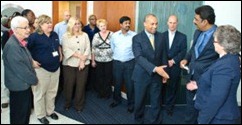


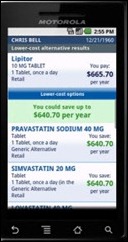
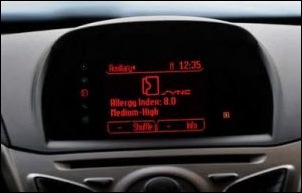





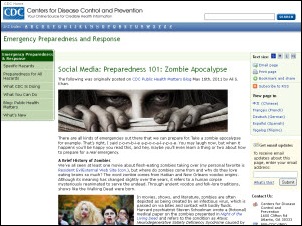





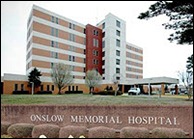

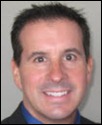
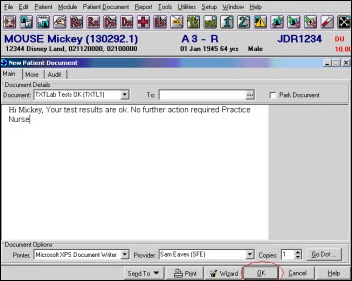

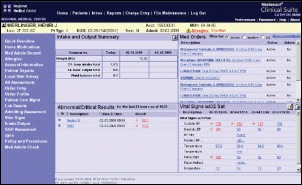
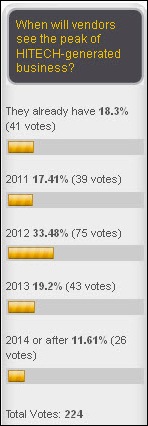















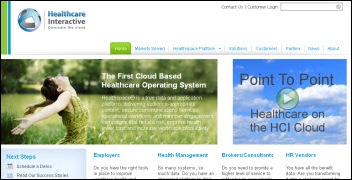







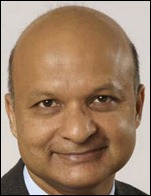











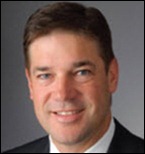






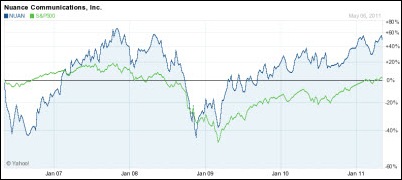
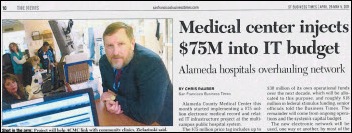
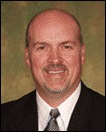



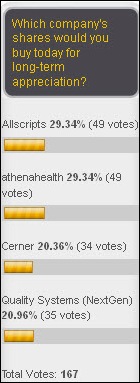








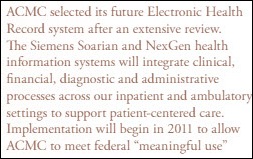





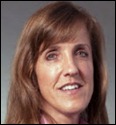


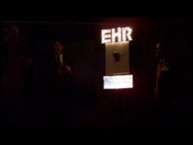
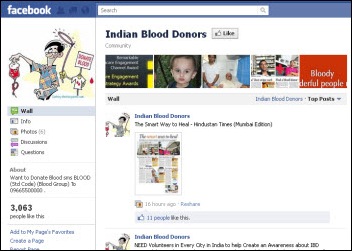

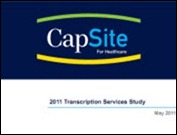











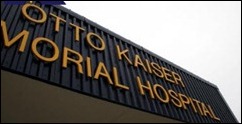






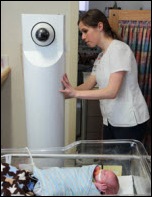
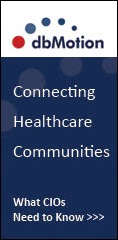

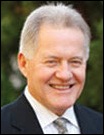

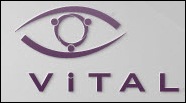
![4-28-2011 9-25-09 AM_thumb[1] 4-28-2011 9-25-09 AM_thumb[1]](http://histalk2.com/wp-content/uploads/2011/04/4-28-2011-9-25-09-AM_thumb1_thumb.jpg)

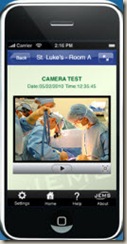
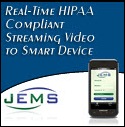

![4-28-2011 1-53-30 PM_thumb[1] 4-28-2011 1-53-30 PM_thumb[1]](http://histalk2.com/wp-content/uploads/2011/04/4-28-2011-1-53-30-PM_thumb1_thumb.jpg)
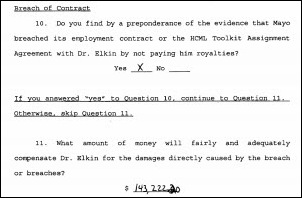
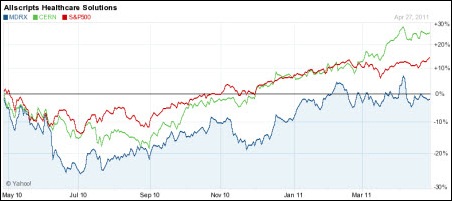
![4-28-2011 4-20-35 PM_thumb[1] 4-28-2011 4-20-35 PM_thumb[1]](http://histalk2.com/wp-content/uploads/2011/04/4-28-2011-4-20-35-PM_thumb1_thumb.jpg)


![4-28-2011 4-15-39 PM_thumb[1] 4-28-2011 4-15-39 PM_thumb[1]](http://histalk2.com/wp-content/uploads/2011/04/4-28-2011-4-15-39-PM_thumb1_thumb.jpg)
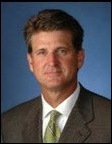
![4-28-2011 4-18-12 PM_thumb[1] 4-28-2011 4-18-12 PM_thumb[1]](http://histalk2.com/wp-content/uploads/2011/04/4-28-2011-4-18-12-PM_thumb1_thumb.jpg)


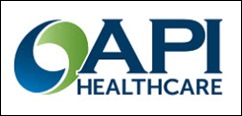

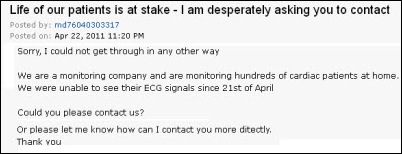


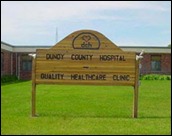

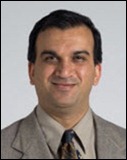






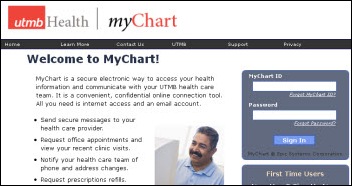
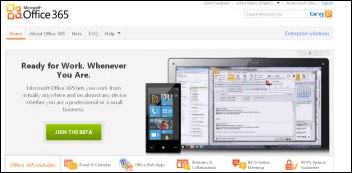

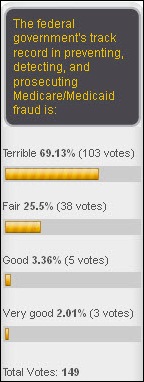

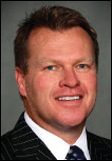

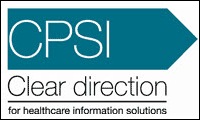
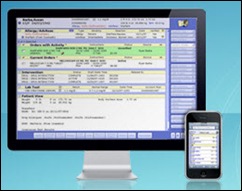
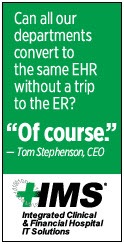







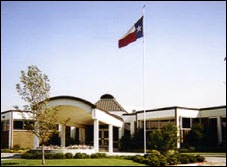
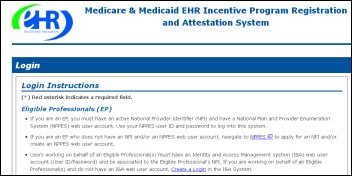






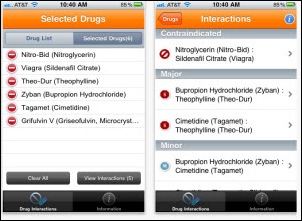





"A valid concern..." Oh please. Everyone picks the software they like and the origin of that software is an afterthought.…